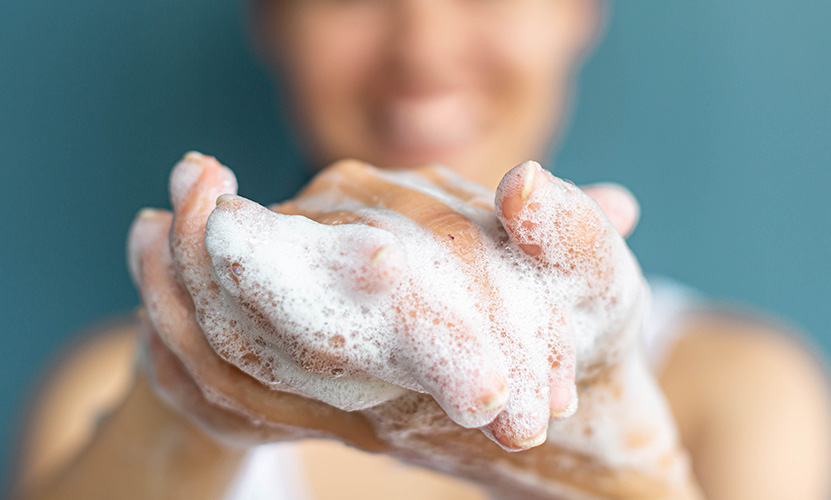
It’s no secret that washing your hands is one of the best ways to protect yourself from getting sick. In fact, it’s one of the most important steps you can take to stay healthy! But do you know how to wash your hands properly? In this article, we will provide a complete guide to washing hands correctly. We’ll discuss why hand washing is so important, and we’ll give you step-by-step instructions on how to do it correctly. So read on for all the information you need to keep your hands clean and healthy!
Why is hand washing so important?
Washing hands with soap and water has been shown to be one of the most effective ways to prevent the spread of infection. In fact, washing your hands can reduce your risk of getting sick by up to 45%! This is especially true when it comes to colds and the flu. While there are medications that can help you recover more quickly if you do get sick, preventing illness in the first place is always better than having to deal with it after the fact. And washing your hands regularly is one of the best ways you can protect yourself from sickness. So what makes hand washing such a powerful tool for staying healthy? Here are some key reasons:
1. Washing hands reduces the amount of germs on your hands, which can make it harder for you to get sick.
2. Washing hands at key times (like before meals and after using the bathroom) can help prevent the spread of bacteria that can cause illness.
3. Washing hands regularly is one of the best things you can do to protect yourself from cross-contamination between surfaces, food, and other objects in your home or workplace.
When To Wash Hands
- After sneezing, coughing, or blowing your nose
- After using the bathroom
- After touching an animal or animal waste
- After changing diapers
- After handling garbage
- Before and after treating wounds
- Before and after touching a sick or injured person
- Before and after preparing or handling food, especially when handling uncooked meat
- Before eating
How to wash hands properly: a step-by-step guide
Now that we’ve discussed why washing your hands is so important, let’s take a closer look at how to do it correctly! Here are all the steps you need to follow to make sure that your hands are as clean and germs-free as possible:
1. Wash your hands with warm water and soap. The temperature of the water doesn’t matter too much, but warm is probably best because it feels more comfortable on your skin. You should also use liquid or bar soap over detergent bars or wipes, as these tend to be less effective at removing bacteria from your hands.
2. Scrub both sides of your hands for at least 15 seconds (roughly the amount of time it takes you to say “Happy Birthday” twice). Be sure to scrub between each finger, including under the nails, where bacteria often build up quickly if not cleaned regularly.
3. Rinse your hands well with warm water. Use the water pressure that helps you get all of the soap off, but be careful not to rub too hard and damage your skin.
4. Dry your hands thoroughly with a clean towel or air dryer. This is an important step because wet fingers can leave germs behind as they touch other objects and surfaces.
5. If soap and water are not available, use hand sanitizers as a last resort – ideally after you’ve washed your hands with soap and water when possible. Avoid alcohol-based sanitizers if you have cuts on your skin, however, as these can irritate open wounds or cause further problems if used too often or in large amounts.
With these simple steps, you can ensure that your hands are as clean and germ-free as possible. By following this guide, you’ll be taking a major step toward protecting yourself and others from illness on a daily basis! And remember to keep washing those hands regularly – it’s an easy and effective way to stay healthy, especially during cold and flu season! Visit www.AZPrimaryClinic.com for more articles and tips to stay healthy!

